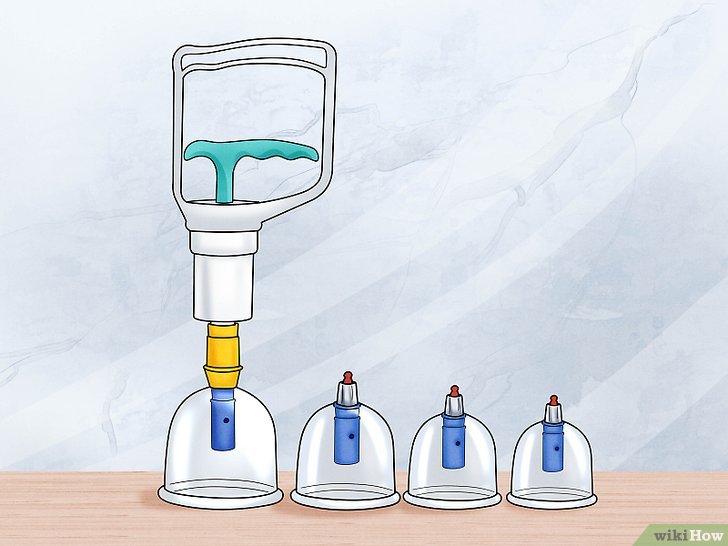Have you ever wondered if you can do cupping on your feet? It seems like a peculiar notion, doesn’t it? While cupping is often synonymous with the back and neck, the idea of applying this ancient therapy to your feet poses an intriguing challenge. Imagine the sensation of those little cups gripping your soles, possibly improving circulation and alleviating stress. But is cupping on your feet practical or effective? Let’s dive into the world of cupping therapy and explore its potential applicability to foot health.
To understand the nuances of cupping on feet, we should first clarify what cupping therapy is. Originating from traditional Chinese medicine, cupping involves placing cups on the skin to create suction. This is believed to enhance blood flow, promote relaxation, and facilitate cellular repair. Although most people associate this therapy with the back, muscles, and shoulders, its potential to benefit the feet cannot be ignored. After all, our feet endure tremendous pressure and are pivotal in supporting our overall well-being.
So, what if you do decide to try cupping on your feet? Picture yourself unwinding after a long day—your feet, tired and aching. The thought of warm cups gently pulling at your skin encourages a sense of curiosity. Could these cups provide solace to your weary soles? Advocates argue that localized cupping may invigorate the blood flow to the feet, potentially reducing inflammation and stimulating energy channels (also known as meridians) that traditionally run through the body, including the feet.
However, does science back up these claims? Research surrounding cupping therapy is undoubtedly developing, but studies specifically focusing on the efficacy of cupping on the feet are sparse. Most evidence emphasizes the benefits of cupping performed on larger muscle groups. Still, we can draw some inferences from broader research on cupping’s effects on pain and inflammation, suggesting that transferring this technique to the feet might yield positive outcomes.
But let’s not rush into the cups just yet. Cupping therapy may not be suitable for everyone, and doing it on your feet necessitates caution. Individuals with certain health conditions, including those with circulatory disorders, diabetes, or skin sensitivities, should consult medical professionals prior to embarking on this unique treatment. Ignoring this precaution could lead to adverse effects—or worse, negate the very benefits one hopes to gain.
If you are cleared to try cupping an area as delicate as the feet, the application itself can be experimental. Start with small, gentle cups to gauge your sensitivity. The skin on your feet is generally thicker, so some might tolerate stronger suction compared to other body areas. Yet, everyone’s comfort levels differ widely. Begin cautiously. You can always increase the intensity or duration once you feel acclimatized.
Furthermore, consider the materials of your cups. Silicone cups, for instance, offer flexibility and a comfortable grip—ideal for a sensitive area like the feet. Glass cups provide a more rigid feel but should be used with care, especially if you’re not experienced with them. The market offers various types of cups; understanding their features will enhance your cupping experience.
Cupping your feet also can be creatively integrated with other therapeutic practices. As your cups work to ease tension and enhance circulation, imagine pairing this treatment with a foot massage or reflexology. Reflexology focuses on pressure points in the feet corresponding to different body organs and systems. Combining these therapies could amplify the overall sense of relaxation and restorative benefit.
After a cupping session, it’s essential to practice self-care. Hydration becomes crucial as cupping can potentially dehydrate tissues. Furthermore, an aftercare routine involving gentle stretching or soaking your feet in warm water infused with essential oils may help further alleviate soreness. Many individuals also favor lavish foot creams to hydrate the skin post-cupping.
Now, considering the challenge we introduced earlier, cupping on your feet does spark mechanical curiosity. While benefits seem plausible, it may not be universally embraced. In light of this, some practitioners argue that the feet encapsulate many reflexology points interconnected with bodily organs. Therefore, cupping here might not just ease foot pain but may influence one’s overall health. Wouldn’t that be convenient? Nevertheless, without extensive research directly supporting this, we remain in a realm of speculation.
There is an element of novelty in attempting cupping on your feet, ignited by the pursuit of alternative therapies. Walking this path necessitates an adventurous spirit, combined with practical wisdom about your body’s needs and responses. Those who embark on this journey should meticulously document their experiences, noting improvements or any adverse reactions, contributing to the collective understanding of cupping therapy.
In conclusion, while the process of doing cupping on your feet is an uncharted territory for many, the intertwining elements of experimentation and ancient wisdom beckon. Delve into the possible advantages, exercise caution, and stay attentive to what your body tells you. If this exploration cultivates relaxation, enhanced circulation, and reduced foot pain, it might deserve a spot in your wellness regime. After all, isn’t the quest for holistic health one of the most exciting challenges we can embrace?
